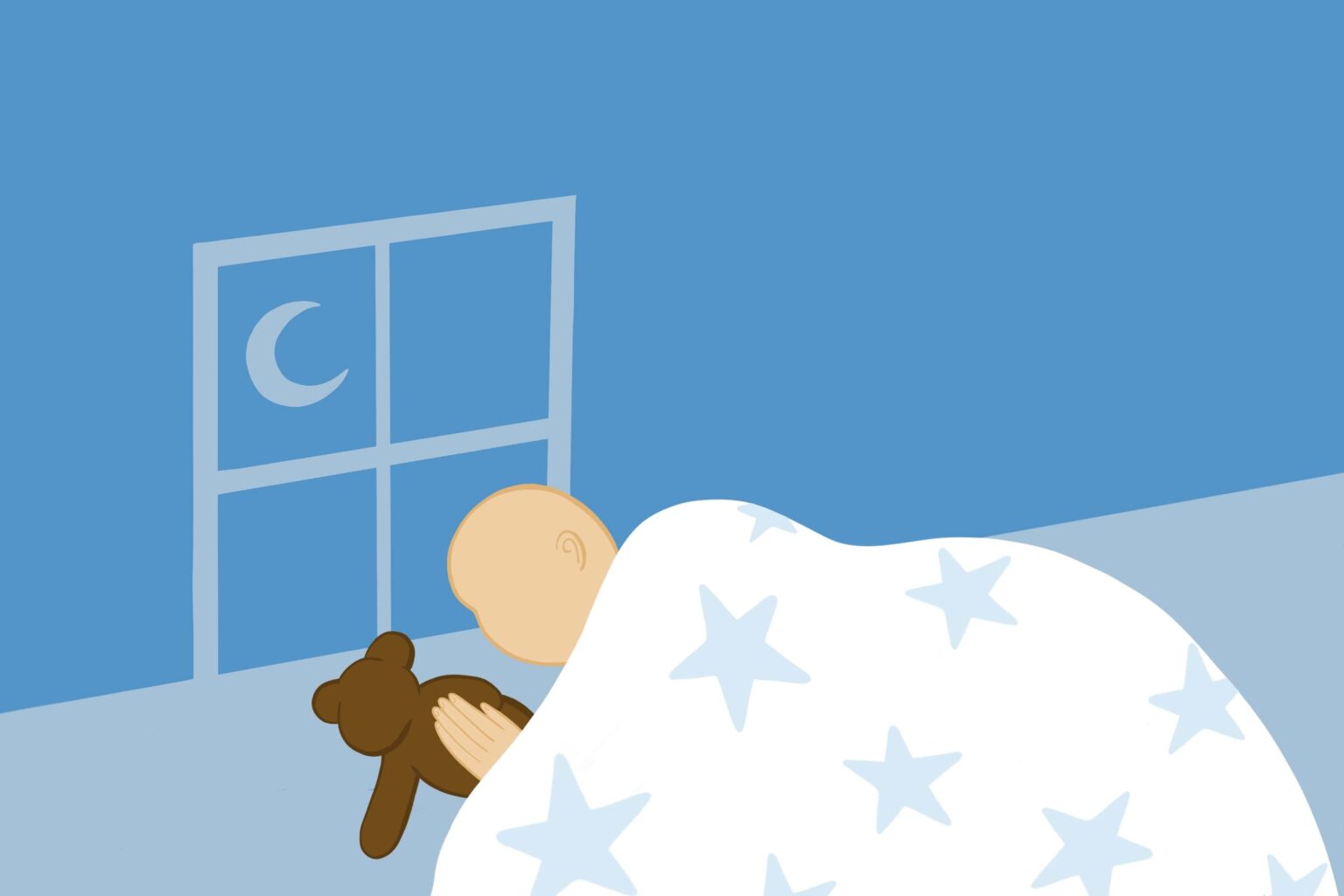What a Typical Sleep Schedule Looks Like for a 13- to 18-month-old

By 13-18 months of age, children are recommended to have an average of 11.25 hours of uninterrupted nighttime sleep and up to 2.5 hours of daytime sleep. Babies at the younger end of this age group usually take two naps, but will transition to one afternoon nap by 18 months old.
Developmental changes. Developmental milestones for these early toddlers include learning to walk and transitioning from two naps to one. Toddlers this age also commonly experience separation anxiety as well as emotional attachments to objects such as pacifiers and bottles. Although it can be difficult, avoid reverting back to old bedtime sleep habits—instead continue to incorporate positive bedtime activities. Giving verbal reassurance can help let them know you are nearby at bedtime. It’s also a good idea to continue phasing out sleep crutches such as rocking to sleep or associating milk with sleep so your child won’t wake up during the night needing to be rocked or fed back to sleep. Not to mention you want to protect those budding teeth.
Transitioning from two naps to one. At 15–18 months, toddlers usually transition from two naps a day to one single afternoon nap after lunch. This can be tricky and result in overtiredness and difficult nighttime sleep, so be sure to look for signs that your child is ready for this transition. Shoot for the one nap to begin around 12:30 or 1 p.m., and try getting your toddler to bed a bit earlier than usual during this transition.
Sample Schedule. The predictability of a good sleep schedule helps children feel secure, especially when dealing with emotional and behavioral sleep problems. This is a flexible outline to help you create your child’s own sleep schedule. Be sure to always watch for your child’s behavior to determine their sleep cues.
7-7:30 a.m.: Wake-up and breakfast.
9-9:30 a.m.: Start of one-hour morning nap if still taking one—still will probably want a snack right before or after the nap.
11:30 a.m. – 12:30 p.m.: Lunch (depending on morning-nap timing).
12:30-1:30 p.m.: Start of afternoon nap. About 90 minutes if it’s a second nap, about 2-2.5 hours if it’s the only nap of the day. Snack after nap.
5-5:30 p.m.: Dinner.
7-7:30 p.m.: Start bath/bedtime routine.
This schedule applies to generally healthy children with no growth or developmental concerns. Sleep schedules are based on recommendations from the American Academy of Pediatrics. Remember, you should always consult with your child’s pediatrician.
Sources:
- Kim West, LCSW-C. The Sleep Lady’s Good Night Sleep Tight.
Powered by Bundoo®










